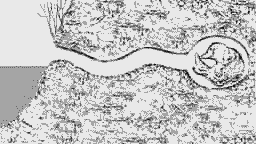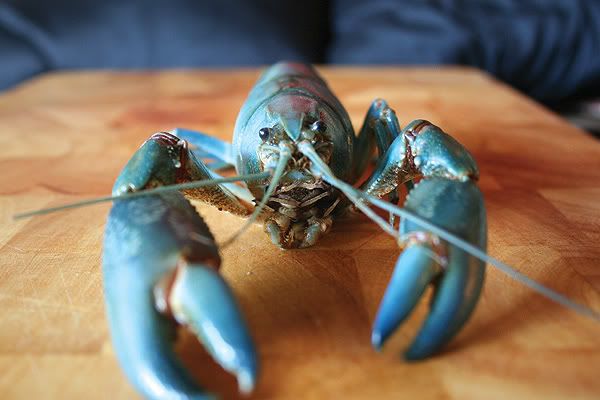Brian and Jana are the authors of Extreme Monotreme. Science is one of their favorite subjects. Being home schooled gives them the opportunity to explore their interests in depth. They love learning and they love home school.
Extreme Monotreme!
Monotremes are extreme because there are only two monotremes in the WHOLE WORLD! All the rest of them have gone extinct.
Monotreme Classification
Kingdom: Animal
Phylum: Chordates
Class: Mammalia
Subclass: Prototheria
Order: Monotremata
What is a Monotreme?
A monotreme is an egg laying mammal.
Examples of Monotremes
The two monotremes that still exist in the world are the Echidna and the Platypus.
Echidna
 |
| This is an photo of an echidna. It lives in Australia. It is also called a Spiny Anteater |
Platypus
 |
| This is a photo of a Platypus |
The Platypus
A platypus is an egg laying mammal. A platypus is different from other mammals because it lays eggs, and has milk patches that seep milk through its body to the fur and the baby platypus drinks the milk from it's mothers fur.
On average, it weighs five pounds. It's height is 16 inches to 22 inches (41 to 56 cm) long. Its bill is made out of cartilage so that it is flexible. It looks like a beaver and a duck. When a scientist fist saw a platypus he asked 'is this a joke?'
The platypus is a warm blooded animal. The normal body temperature of a mammal is 98.6 degrees Fahrenheit. The platypus's body is 9 degrees cooler than the average mammal body temperature. The patypuses regular temperature is 89.6 F.
The male platypus has a spur on its hind leg. The spur has poisonous venom that can kill another animal and cause to a human. The platypus uses it's spur for defense from predators or fighting over a female platypus.

The male platypus spur with venom
Habitat
Their habitat is only found in the eastern streams of Australia and Tasmania.

Where the platypus lives
The platypus lives in a burrow. A platypus can have several burrows. Burrows are used for hatching and taking care of eggs, and living in. A platypus digs its burrow on the side of a stream. Sometimes they dig thier burrows below water to hide the entrance from predators. The size of a burrow can be 60 to 80 feet long. The longest burrow scientists have found was about 100 feet long!

The opening of a platypus burrow

Diagram of a platypus burrow
Mating
In mating season all the platypus, male and female meet in a swamp. The males fight each other using their poisonous spurs to see which one gets the
female platypus. Who ever wins does a circle dance with the female, and they mate. Then the female platypus makes a burrow to have her babies. After about a month, the female platypus lays from one to three egg. Platypus eggs are small, about the size of a jelly bean or grape! She incubates her eggs for ten days, and then the baby platypus hatches. After hatching the female platypus cares for baby by bringing it food, and protecting it from predators. After about four months, the platypus goes out and explores on its own. It learns how to swim, how to catch prey, and learns to stay away from dangerous creatures. It then makes its own burrow and lives on its own.
Platypus eggs compared to a coin

Platypup
Diet
Diet
A platypus has to eat too. A platypus eats tiny animals it finds on the bottom of a lake or stream. It eats worms, flies, yabbies, and crayfish. The platypus eats more in the summer and fall so that it can store up fat for the winter.

This is a picture of a yabbie.

A platypus has predators. The predators are red foxes, feral cats, dingos, and humans. On your left side is a picture of a dingo.

